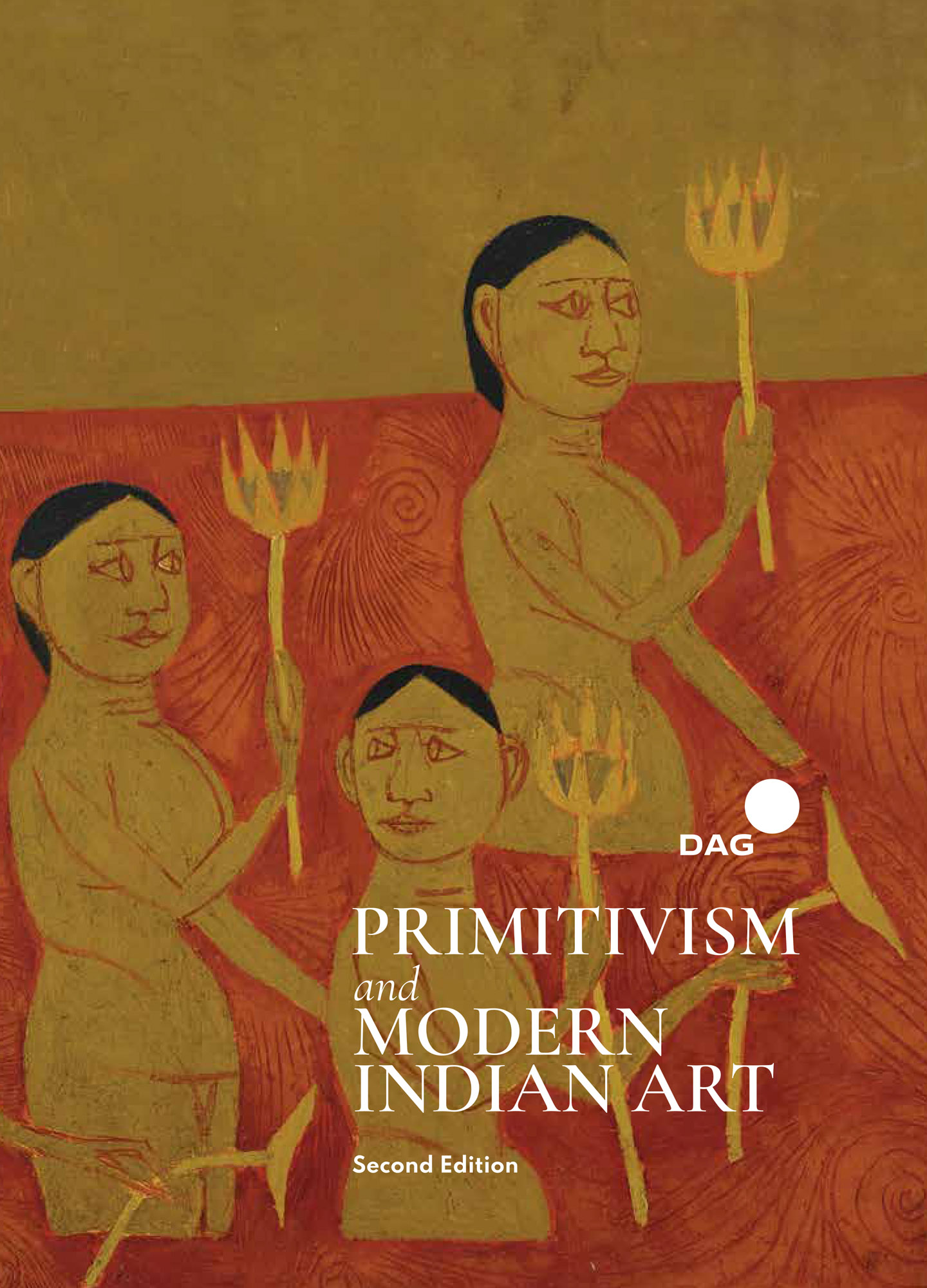Primitivism and Modern Indian Art
Primitivism and Modern Indian Art
Primitivism and Modern Indian Art
|
Gallery Exhibition Primitivism and Modern Indian Art(Second Edition)New Delhi: The Claridges, 18 December 2021 – 24 April 2022 |
|
|
Artists
|
‘Western artists had a particular interest in this type of ethnic art c. 1905-35, beginning with the Fauves, Cubists, and Die Brücke who incorporated elements of it into their own work. This in turn led to a deeper study of this subject by both anthropologists and art historians’ – Michael Clarke |

all artworks




